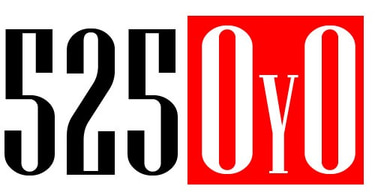Gold & Scrap Products
525oyo is your premier supplier of all types of mineral and scrap resources. We provide a wide array of products, including Non-Refined Gold Dore Bar, Used Rail Scrap, HMS 1&2, Copper, and Aluminium. Our products are of the highest quality, sourced from Mexico, U.S.A. and exported to many different Asian countries. With 525oyo on your side, your business will always be supplied with the greatest minerals and scrap resources.
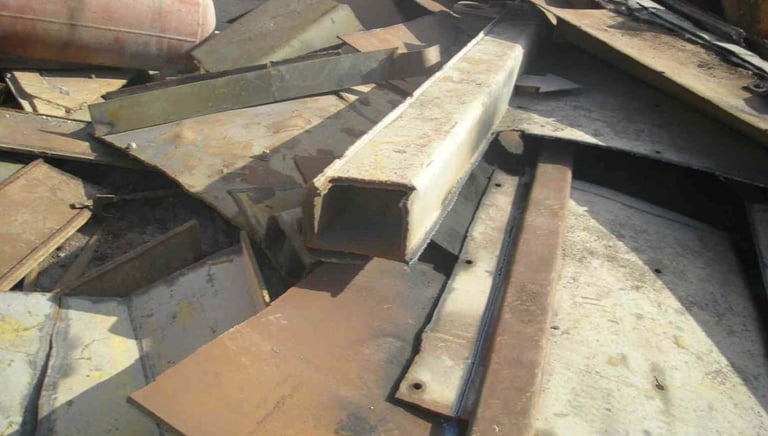

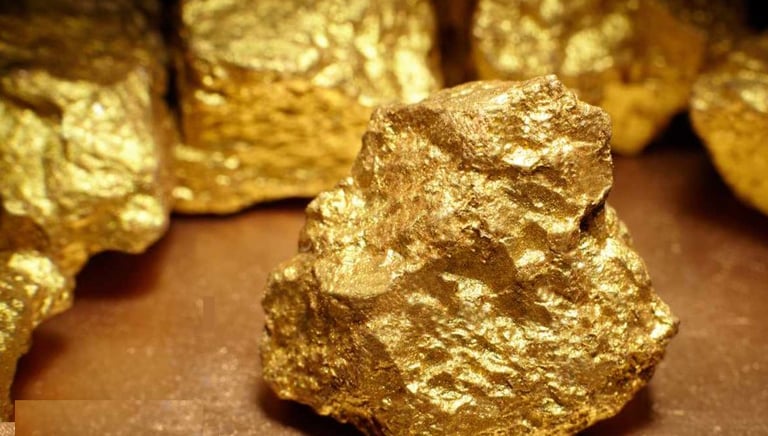

DORE GOLD BAR
Doré is the term used for the rough or unrefined gold produced in the mine’s metallurgical plant. Its composition varies greatly depending on the mineralogy of the ore body and the type of processing plant. In most South African mines, for instance, the doré contains around 10% silver and minor amounts of base metals.
Regardless of the chemical processes used to extract the gold from the ore, once it has been turned into metallic form, the gold needs to be cast into bars to facilitate security, transport and measurement of the gold content.
Commodity : Gold Bar(AU)
Form : Gold Dore Bars (1Kg)
Purity : 97%
Fineness : 22+ carats
Origin : Ghana, Burkina Faso, Sierra Leone, Uganda
HMS 1 & 2 (Heavy Melting Scrap)
HMS (Heavy Melting Steel Scrap) is a widely traded category of ferrous scrap metal. Classified into two types by the Institute of Scrap Recycling Industries (ISRI) standards:
HMS 1:
Clean steel scrap, thicker than 1/4 inch (6 mm), free from galvanized or blackened steel. It contains only heavier, thicker items such as beams, plates, and structural steel.
HMS 2:
Similar to HMS 1, but may include thinner gauge scrap (above 1/8 inch / 3 mm) and galvanized or blackened steel.
Both HMS 1 & 2 :
Are commonly mixed in trade (e.g., HMS 1&2 80/20, meaning 80% HMS1 and 20% HMS2). Mainly used by steel mills as raw material for producing new steel.
Other Scrap Metals :
Ferrous Scrap:
Scrap that contains iron (e.g., cast iron, sheet metal, rebar, car bodies).
Non-Ferrous Scrap:
Metals that do not contain iron and are more valuable due to resistance to corrosion and high conductivity. Examples:
Copper Scrap (cables, wires, pipes – high value).
Aluminum Scrap (cans, profiles, car parts).
Brass Scrap (plumbing fixtures, fittings).
Stainless Steel Scrap (kitchen equipment, industrial machinery).
Lead, Zinc, Nickel scraps, etc.
Non-ferrous scrap is highly sought after because it can be recycled indefinitely without losing quality.
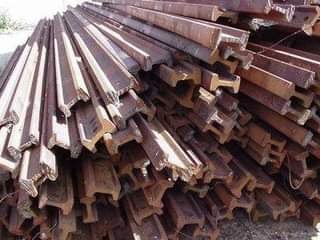

USED RAIL :
Refers to decommissioned railway tracks that are no longer in use.
Typically made of high-quality steel with high tensile strength and durability.
Commonly recycled for steel production (melting in furnaces) or, in some cases, resold for re-use in secondary railways.
Used rail is a major category in international scrap metal trade because of its consistent steel composition.
Mineral, Non-Ferrous, Used Rail, Scrap Metal, Copper Wire Scraps
We provide a wide array of products, including Non-LME Registered Electrolytic Grade A Copper Cathode, Aluminium Ingot A-7, Copper Wire Scrap and Aluminium. Our products are of the highest quality, sourced from Mexico, U.S.A. and exported to many different Asian countries.
With 525oyo on your side, your business will always be supplied with the greatest minerals and scrap resources.
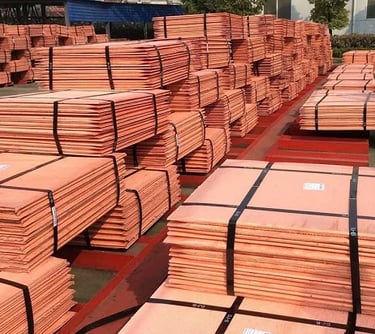

NON-LME REGISTERED ELECTROLYTIC GRADE A COPPER CATHODES
Are high-purity copper ingots, typically with a purity of 99.99%, that are not listed on the London Metal Exchange (LME). They are produced through electrolysis, a process that refines copper to a high degree of purity, making them suitable for various industrial applications.
Here's a more detailed breakdown:
Electrolytic Grade A:
This refers to the method of production (electrolysis) and the quality grade of the copper. Electrolytic copper is known for its high purity, typically exceeding 99.9%.
Non-LME Registered:
This means the copper cathodes are not listed on the London Metal Exchange, which is a global marketplace for trading metals. While LME registration can indicate a certain level of standardization and market acceptance, it's not a prerequisite for high quality or suitability for many industrial applications.
Applications:
Non-LME registered copper cathodes are used in a wide range of industries, including electrical wiring, copper plating, and the manufacturing of various alloys.
Purity:
The purity of these cathodes is typically 99.99%, meaning they contain minimal impurities and are suitable for demanding applications.
Availability:
These cathodes are available from various suppliers, often with options for different quantities, pricing, and shipping terms.
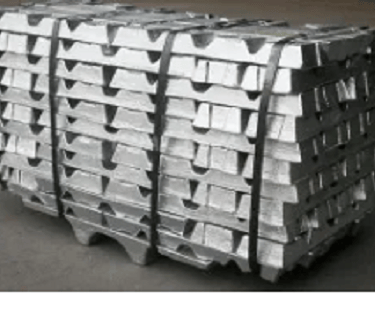

ALUMINIUM INGOT A-7
Refers to a grade of primary aluminum with a minimum purity of 99.7%. This high purity makes it suitable for various applications where a relatively pure aluminum is required, such as in electrical conductors, automotive components, and construction materials.
Key characteristics of Aluminum Ingot A7:
High Purity:
A7 ingots are characterized by a minimum aluminum content of 99.7%.
Minimal Impurities:
The refining process ensures very few impurities are present.
Good Formability:
This grade of aluminum is known for its ability to be easily shaped and fabricated.
Versatile Applications: It's used in a wide range of industries due to its properties.
Chemical Composition %:
Al≥ 99.7
Impurities ≤
Fe max 0.16
Si max 0.16
Ga – 0.03
Cu – 0.01
Mg – 0.03
Zn – 0.04
Others – 0.030 : Sum - 0.3
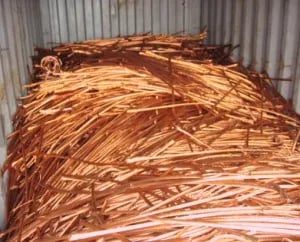

COPPER WIRE SCRAP
Refers to discarded or leftover copper wires and cables that can be recycled. It is commonly generated from electrical and electronic products, wiring, cables, and other electrical components. Due to its high electrical conductivity and value, copper wire scrap is widely collected and recycled in many industries.
Key Features
High Copper Content:
Usually contains over 99% pure copper.
Various Forms:
Includes thin or thick wires, cables, electrical parts, etc.
Recyclable:
Can be refined and remelted back into new copper products.
Recycling Process
Collection and Sorting:
Gathering scrap wires and cables from different sources.
Removal and Purification:
Stripping insulation and plastic coatings to isolate pure copper.
Melting and Refining:
Melting the purified scrap in a furnace to produce new copper material.
Market and Pricing
Copper prices fluctuate based on the global market, supply and demand, and currency exchange rates. Generally, copper has a high value in the metal market and is sensitive to economic changes.
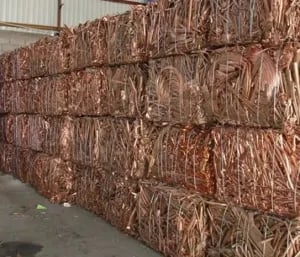

COPPER WIRE SCRAP
Copper wire scrap comes in various types based on its form, purity, and condition. Here are the main types:
Bare Copper Wire Scrap
Pure copper wires without any insulation or coating.
Usually in the form of clean, uncoated copper strands.
Insulated Copper Wire Scrap
Copper wires coated with plastic, rubber, or other insulating materials.
Requires stripping of insulation before recycling.
Stripped Copper Wire Scrap
Copper wire that has already been stripped of insulation, making it easier to process.
Comes in various sizes, from small to large.
Mixed Copper Wire Scrap
A combination of insulated and bare wires.
May contain other metals or impurities; requires sorting.
Number 1 Copper Wire (also called "clean copper")
Very high-quality, clean, and bare copper wire with minimal impurities.
Highest market value.
Number 2 Copper Wire (also called "dirty copper")
Contains some insulation or impurities and may include tinned or coated copper.
Slightly lower in value than No. 1.
Copper Clippings and Waste
Small scraps or waste pieces resulting from manufacturing or cutting processes.
Usually lower grade but recyclable.
Tinned Copper Wire
Copper wire coated with a thin layer of tin.
Used for specific electronic applications and has a different recycling value.
Understanding these types helps determine the proper processing, value, and market for copper wire scrap. If you need details on how each type is processed or valued, just ask!
